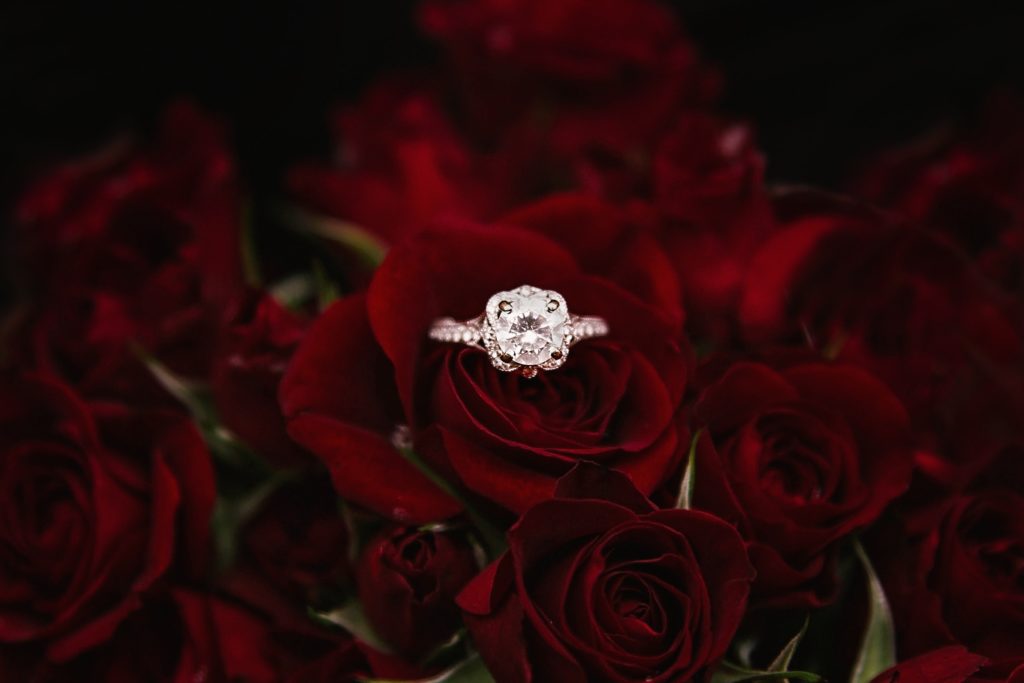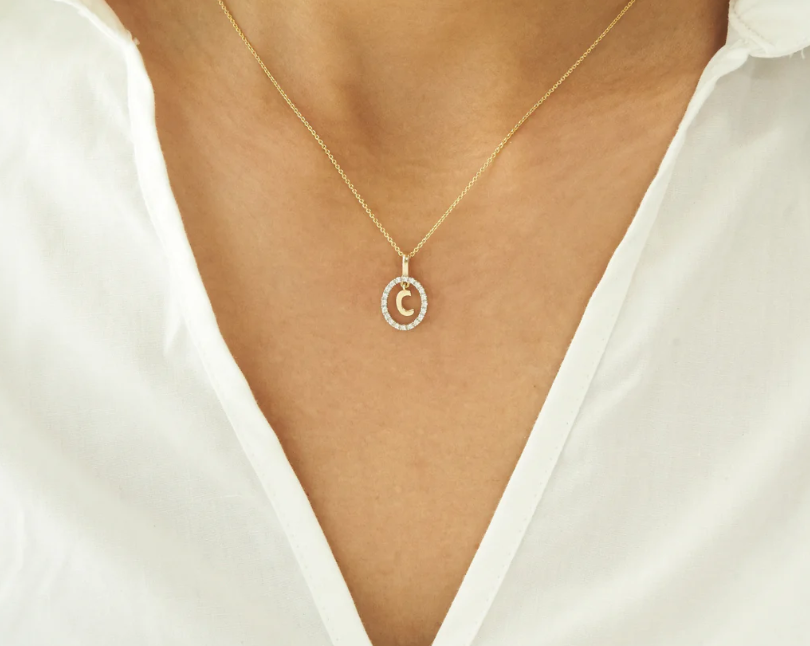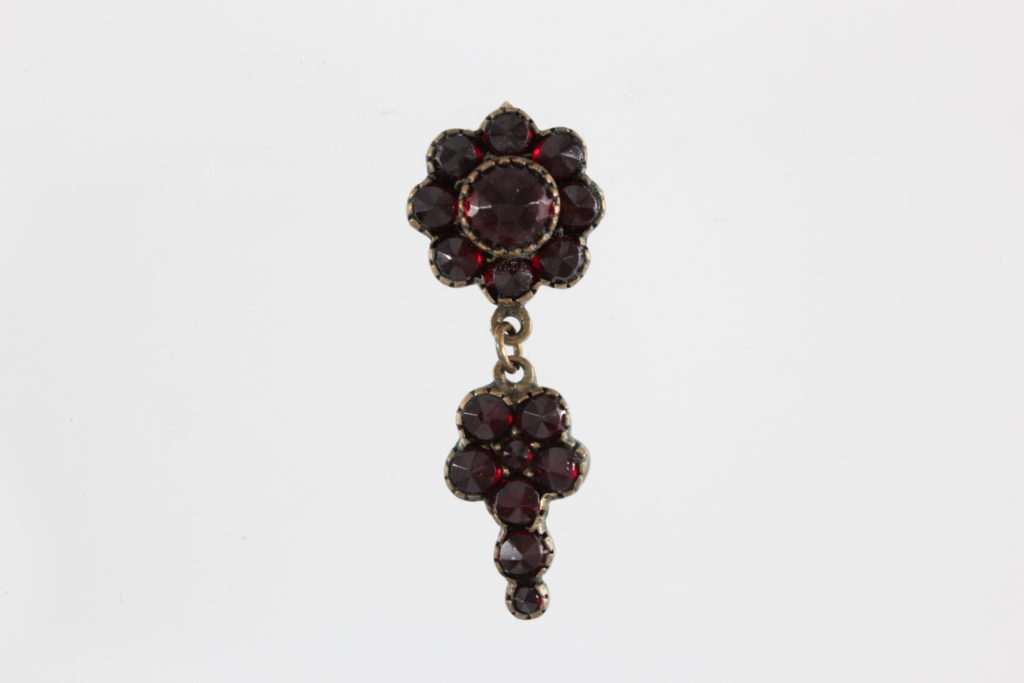What’s the Difference Between a Diamond and a Cubic Zirconia?
Written by Serena Norr
February 21, 2018

Though it may be hard to tell the difference between a diamond and cubic zirconia by a casual look, the differences between them are significant. Read on to check out more about what are the differences between a diamond and a cubic zirconia.
What is Cubic Zirconia?

It is a synthetic gemstone made to resemble a diamond. All cubic zirconia, or CZ is man-made. It is a type of zirconium dioxide, or ZrO2. Though diamonds have been around for eons, cubic zirconia has only been commercially available since around 1976. Making cubic zirconia is a complex process and uses the skull crucible.
Because it is synthetic, cubic zirconia is nearly always flawless, which means it does not even have even the microscopic chips or cracks that most natural diamonds have. It is usually made colorless to mimic a white diamond, but it can come in a variety of colors. Cubic zirconia can be made truly colorless with ease, while a truly colorless natural diamond is exceedingly rare. Most diamonds that look colorless actually have the tiniest bit of yellow in them.
The crystals that go into creating cubic zirconia also have the benefit of being isometric, which means they are cube-shaped. Normally, zirconium oxide has monoclinic crystals. Monoclinic means that the crystals have three axes, and each axis has a different length. To get it to form cubic crystals, a stabilizer has to be added to zirconium oxide. This is usually calcium oxide or a little-known, rare earth element called yttrium. This keeps the CZ crystal in a cubic form under normal conditions.
Cubic zirconia is far denser than diamond. Its specific gravity measures its density of a material against the density of water. CZ's specific gravity is between 5.6 and 6.0 which means it is 5.6 to six times denser than water. In contrast, the specific gravity of diamond is 3.52. CZ is very hard, but not as hard as diamond. The hardness of diamond, the hardest substance on earth is 10 on the Mohs scale, while the hardness of cubic zirconia is about 8.5. CZ is almost as brilliant as diamond, with a refractive index of between 2.15 and 2.18 to diamond's 2.42. Cubic zirconia turns a shade of yellow when is looked at under short-wave ultraviolet light, while diamonds fluoresce blue under X-radiation. It is a good heat insulator while diamond is a good conductor of heat.
Diamonds also come in colors, called fancies, and these colors are the result of impurities in the crystal. The colors of CZ are deliberately added through dopants. Cerium produces cubic zirconia gems in shades of yellow, red and orange. Chromium makes green gems, neodymium produces purple gems, erbium makes pink gems and the gems produced by titanium are cognac colored. Cubic zirconia can be cut the same way as a diamond or the edges of the facets can be smooth, something that is not seen in a diamond. Best of all, cubic zirconia costs less than diamond.
What is a Diamond?
The answer to “What is a diamond?” is “A diamond is the most treasured and valued of the gemstones.” Diamonds were formed millions of years ago about 93 miles inside the earth, and the diamonds that people now enjoy spent all that time being pushed up to the surface. As of 2018 it is the hardest substance known and is unsurpassed in its fire, transparency and brilliance. The most prized diamond is completely colorless and flawless though colored diamonds may cost more. Diamonds can be natural or synthetic.
In contrast to cubic zirconia, a diamond is made entirely out of carbon. The arrangement of the carbon atoms in the crystal is what gives diamond its amazing qualities. Graphite is also made of pure carbon, but the atoms are not arranged the way they are in a diamond. Graphite is soft and opaque for no other reason than this.
Jewelers judge a white diamond by the four C’s. They are cut, clarity, color and carat weight. The cut must show off the diamond’s fire and scintillation to the maximum effect. The clarity depends on whether the stone has flaws, or inclusions. A white diamond should ideally have no color, though fancies are valued. Naturally colored red, purple, pink and blue diamonds are the rarest. A gemologist can tell these diamonds from rubies, amethysts and sapphires because these other gems are made of different materials.
The carat weight is simply how much the stone weighs. All things being equal, a larger stone will cost more than a smaller one, though a smaller, perfect diamond will cost more than a larger stone with a tint of yellow or brown and flaws that can be seen with the naked eye. Synthetic diamonds are hard to tell from natural ones without special equipment.
Diamonds that are less than perfect can be treated. Coating can improve the hue of a colored diamond, while laser drilling is used to bleach out a dark inclusion. Fractures in the diamond can be filled up, and a normally colorless diamond can be irradiated to color it.
Despite its hardness,a diamond can be broken if it is dropped from a height or knocked. Because it is made of pure carbon, it can burn. Diamonds also attract grease, but it can be cleaned off with a but if dishwashing liquid and warm water.



I can see atoms with my naked eye and want to know the electron configuration of diamond vs that of cubic zirconia. I wish I could draw for you what exactly I see. Please, if you can send me a detailed drawing of diamond atoms and of cubic atoms. So that I can start to determine the difference and a real diamond from a fake. Please and thank you.
Sure thing, this is what I came across for Zircon: and for Diamond:
and for Diamond:
 hope it helps ?
hope it helps ?